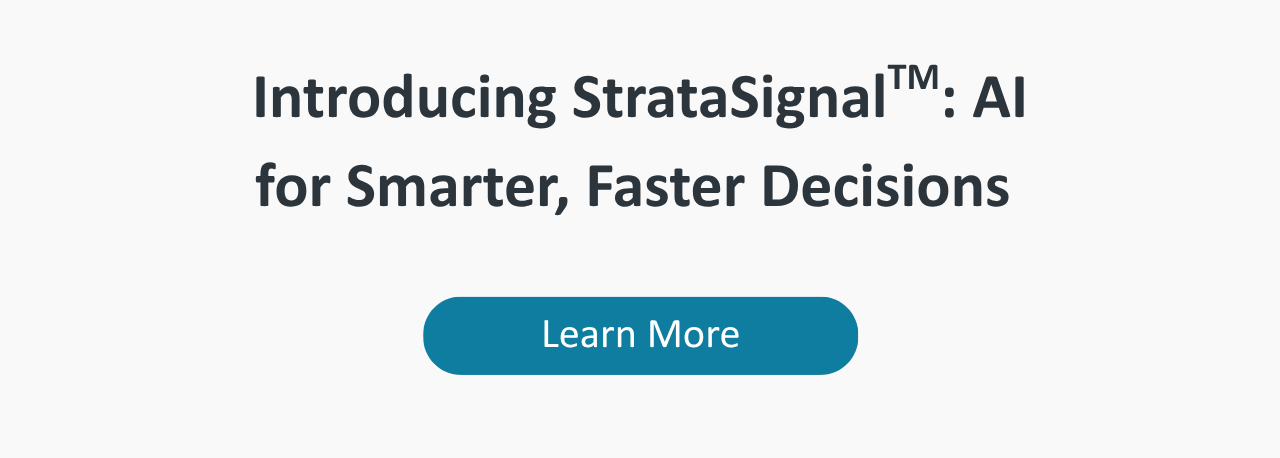As healthcare organizations face mounting financial pressures and growing complexity in reimbursement models, optimizing payor contracting is more critical than ever. By leveraging robust healthcare revenue analytics and advanced technologies, hospitals and health systems can gain the insights they need to negotiate stronger healthcare payor contracts, ensure payment compliance, and improve financial performance.
Maximizing reimbursement
Sophisticated contract modeling and claims analytics enable organizations to simulate contracts, estimate third-party contractual allowances, identify underpayments, analyze denials, and access intuitive dashboards to inform decision-making. These tools support stronger negotiations and help ensure that payors comply with contract terms. Using these tools, hospital and health system leaders can calculate accurate expected payments for contracts into their patient accounting system.
The ability to perform “what-if” modeling against proposed changes in contract terms is critical to understanding financial impacts and ensuring hospitals and health systems maximize their reimbursements. Integrating accurate expected payment calculations into patient accounting systems also helps ensure a more complete picture of revenue.
To further support financial integrity, healthcare leaders must actively monitor actual payments versus expected payments. Variance reporting offers the most accurate view of payment performance. This approach allows organizations to quickly identify and address discrepancies, such as underpayments, maximizing revenue across contracts.
Understanding cost and performance
Hospitals should, as a matter of course, obtain cost and quality data from commercial health plans and government payors to assess participation in a contract or to select episodes of care based on the organization’s current performance and ability to reduce costs and improve quality. Data analysis can provide insights to help monitor and improve performance as the organization and affiliated physician groups or care sites deliver care and receive payments.
Effective healthcare payor contract analytics can reveal opportunities to reduce costs and improve quality — critical levers for both value-based and fee-for-service arrangements. Obtaining cost and quality data is not always simple, however, and once obtained, accurate and timely analysis is critical.
Hospitals may seek to partner with health plans and self-insured employers, which typically agree to share historical data. However, hospitals should validate the accuracy of the data and assess the likelihood of meeting performance benchmarks.
Managed care staff also should run the organization’s own data for contract metrics on a regular basis and compare this information with health plan reports. Such health plan reports typically are provided only at the end of each performance year and may not present sufficient information to understand required process changes. Additionally, health plans usually provide summary data by metric, but organizations need patient-level detail to audit health plan results and ensure they understand the metrics and calculations. Details would include — by metric — the numbers and names of patients included, numbers and names of patients excluded, and criteria for a given patient that resulted in the patient score.
Frequent internal analysis allows managed care teams and clinicians to track current performance and identify early opportunities for quality improvement. These insights also support proactive payor negotiations, where contract modeling tools can assess proposed rates against actual care delivery costs.
Level the playing field with StrataJazz Contract Analytics
In this data-driven environment, decision support systems like StrataJazz® Contract Analytics can help align contract terms with real-world cost and performance data. Such systems enable healthcare organizations to achieve sustainable financial outcomes and make more informed strategic decisions.
Contract Analytics gives healthcare leaders the tools and insights they need to effectively prepare for contract negotiations, identify underpayments, maximize reimbursements, and accurately estimate net revenue and margins. It simplifies payor contract modeling, allowing organizations to quickly analyze shifts in prices, populations, or payor mix and the impacts of those changes on revenue and margins across all service lines.
Request a demo of the new StrataJazz Contract Analytics to see how it can help your organization optimize healthcare payor contracts.
Learn more best practices for healthcare analytics

Strengthen Your Position in Payor Management - Solution Brief

Leveraging AI to Improve Data Quality



